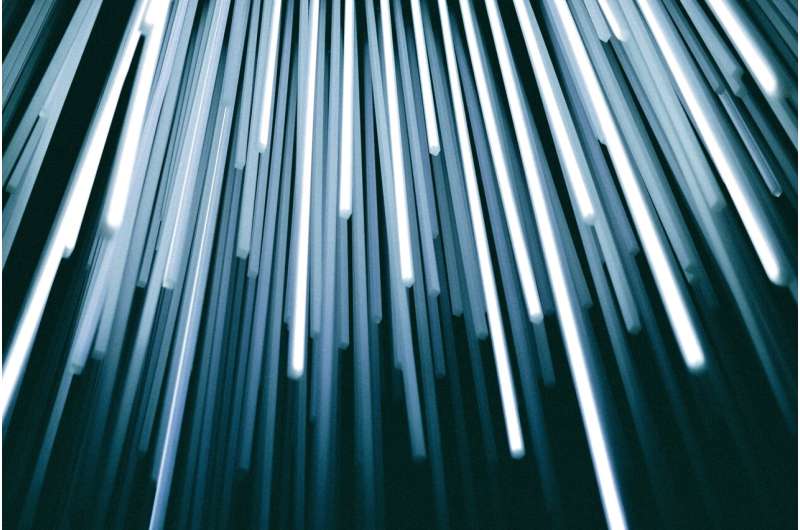Naughty food photos attract more attention

Researchers have discovered a quirk in how we pay attention to food.
When we see photos of foods, we're drawn to the high-calorie options, but when foods are presented as words, we pay stronger attention to those lower in calories.
Curtin University Associate Professor Barbara Mullin says this attention bias was not expected, but sheds light on previous food-related investigations.
"There's a lot of research being done in the field of attention bias, but when we started looking at the work being done in regards to food, the results were often inconsistent," A/Prof Mullin says.
"We realised that some studies used words and others used pictures, which made us think perhaps people were responding differently to how food was represented, so we designed this study to test the two independently.
"We got very clear data showing that our attention bias goes beyond calories; it has something to do with how our brains interpret information."
A/Prof Mullin says more work needs to be done to understand the underlying mechanics of these processes, but believes they could ultimately have a significant impact on how practitioners design healthy eating initiatives and interventions.
They could also have implications for areas such as advertising.
"This is very much a developing field—understanding how attention relates to behaviour," A/Prof Mullin says.
What grabs people's attention?
"We're only now beginning to understand how and why certain people fixate on something while others might turn away."
The study involved 99 university undergraduate students, who took part in 160 computer-based dot-probe trials.
The dot-probe assessed attention bias by presenting participants with words and pictures and asking them to perform a keyboard task—such as pressing p or q—with differences in time-response used to determine where gaze, and thus attention, was located.
Participants who were inclined to diet had comparable attention bias as 'normal' eaters, while body mass index differences also had no effect—another surprise.
"It's commonly hypothesised that overweight or obese individuals selectively attend towards foods, especially high-calorie foods, and that this tendency may contribute to cravings, overeating and weight gain, but we didn't find this was the case," A/Prof Mullin says.
Nor was food preference a factor.
Palatability ratings indicated participants considered the low calorie foods more pleasant, which wouldn't account for their attending more highly to high-calorie pictures.
"The results again highlight our complex relationship to food and help advance our understanding [of] the dynamics of attention and behaviour," A/Prof Mullin says.
More information: "Food-related attentional bias. Word versus pictorial stimuli and the importance of stimuli calorific value in the dot probe task." Appetite. 2014 Dec;83:202-8. DOI: 10.1016/j.appet.2014.08.037. Epub 2014 Sep 1.
















